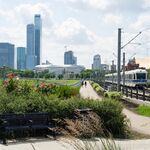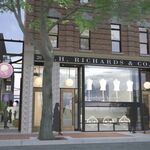Platinum107
Senior Member
There are not single standing homes on a "traditional" lot in Blatchford. Young family's, most anyway, want a backyard for swings, hot tubs, maybe a small greenhouse and garden and a large garage to store recreational and home equipment like bikes, snowblowers a canoe. The only place to find that is the suburbs except a few lots or house that pop up in central that can be renovated or demolished and a new home built.
JEEZUS. A swingset, greenhouse, and a hot tub?? Where has this family lifestyle been all my life






